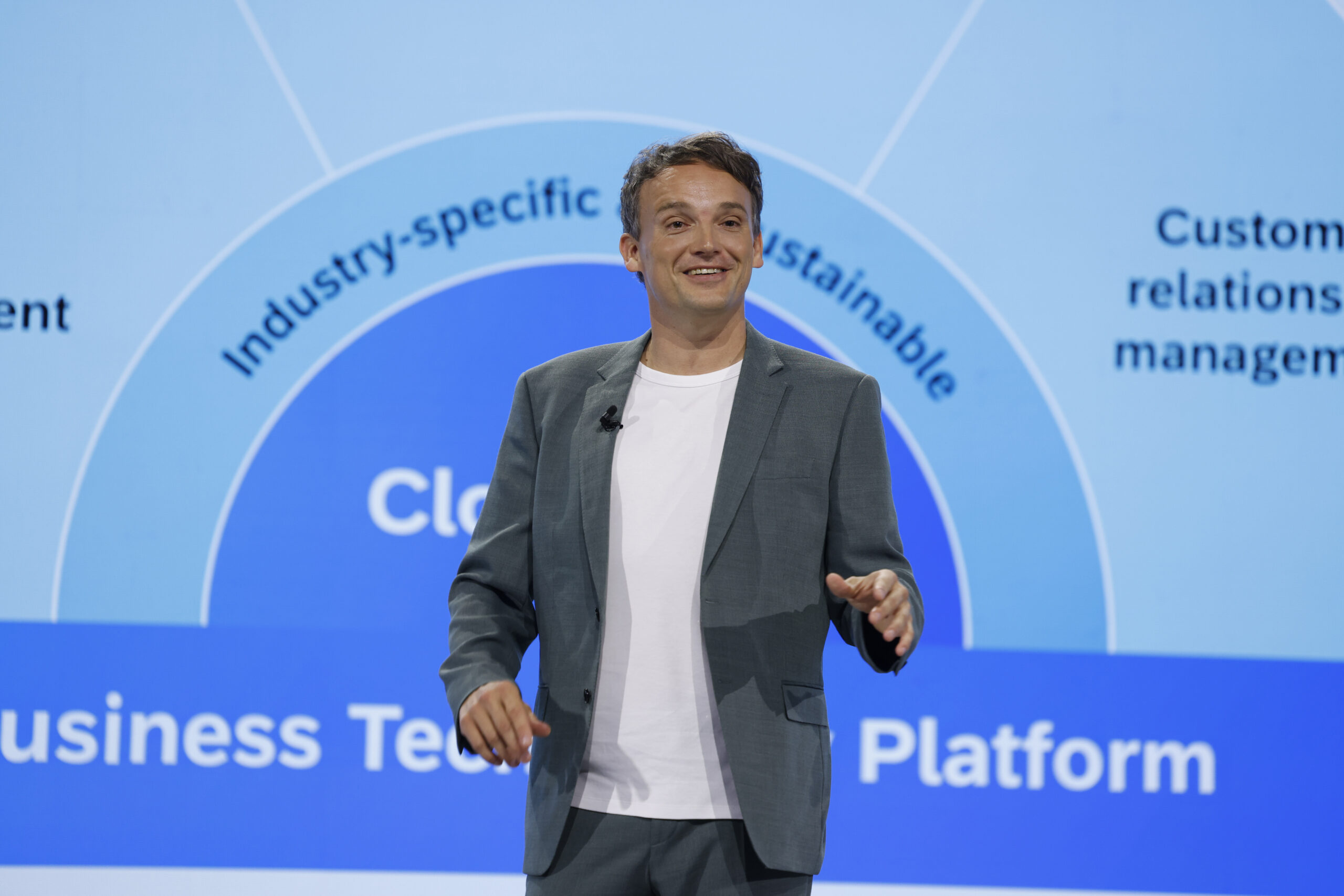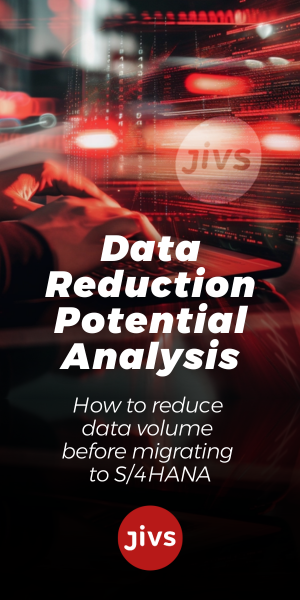SAP’s financial results for Q2 2023 demonstrated cloud revenue growth of 19 percent, up 22 percent at constant currencies – but overall the new financials failed to meet analysts’ expectations.
With lower than anticipated transactional revenues in the second quarter, the software giant trimmed its full-year outlook for key cloud sales.
Cloud revenue reached €3.3bn in the second quarter for SAP, falling short of a median estimate of €3.4bn in a company-provided consensus, while total revenues reached €7.55bn, short of a median forecast of €7.6bn. Software license revenue also fell 26 percent to €316m.
At the same time, the results for the quarter saw SAP S/4HANA cloud revenue lead the way with 74 percent growth, which reached €823m, as current cloud backlog went up 21 percent to €11.5m.
IFRS and non-IFRS cloud gross profit were both up 20 percent, supported by the completion of SAP’s Next-Generation Cloud Delivery program.
Dominik Asam, CFO of SAP, said: “We are very pleased with our first half results. The revenue growth and increased profitability, combined with sustained growth of our cloud backlog, demonstrate the strength of our business model. Q2 performance puts us on the right trajectory and allows us to raise our cloud and software revenue, as well as the operating profit outlook for the year.”
Christian Klein, CEO of SAP, also said that the company sees significant opportunities ahead, in particular through the transformative power of AI:
“We are focused on delivering SAP Business AI that’s relevant, reliable and responsible and we see significant possibilities for market expansion through these technologies and new premium offerings.”
Over the past quarter, SAP has marked some key customer wins across its solution portfolio, including: Breakthru Beverage, Deutsche Börse, Endress+Hauser InfoServe, La Poste, LB Group, Sabadell Digital, Santander, TATA Projects and Visa.
In April, SAP and HP announced the expansion of their strategic relationship as HP invested in the RISE with SAP solution to support its focus on driving digital transformation, portfolio optimization and operational efficiency.
In May, following an innovation sweep at Sapphire, SAP also announced the next step in its long-standing partnership with Microsoft, with the duo expected to collaborate on integrating SAP SuccessFactors solutions with Microsoft 365 Copilot and Copilot in Viva Learning.
Also in May, SAP and Google Cloud announced an extensive expansion of their partnership, introducing a comprehensive open data offering designed to simplify data landscapes and utilize the power of business data.
Robert Holland, VP and research director, SAPinsider, commented on the results saying: “SAP’s earnings call…reported strong cloud sales although both cloud revenue and total revenue fell slightly short of median expectations. But the biggest news was about cloud-only technology innovations.
“Klein explicitly stated that SAP’s newest innovations would only be available with SAP S/4HANA Cloud, public edition or SAP S/4HANA Cloud, private edition delivered by GROW with SAP or RISE with SAP,” Holland wrote. “In situations where an organization used a hyperscaler hosted implementation outside of RISE with SAP, for example, an infrastructure-as-a-service (IaaS) environment, the innovations that SAP is planning will not be available. They will also not be available in on-premise deployments of SAP S/4HANA.
“This announcement highlights a significant shift as SAP had previously maintained that it was not limiting enhancements to cloud-based offerings despite a strong cloud ERP message.”






